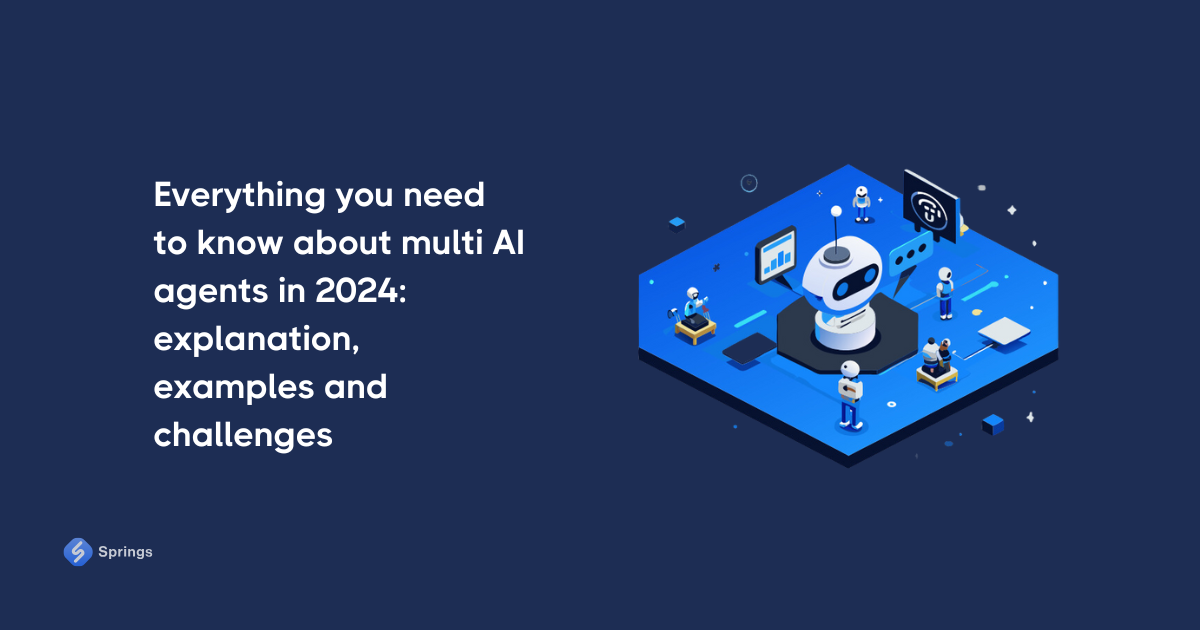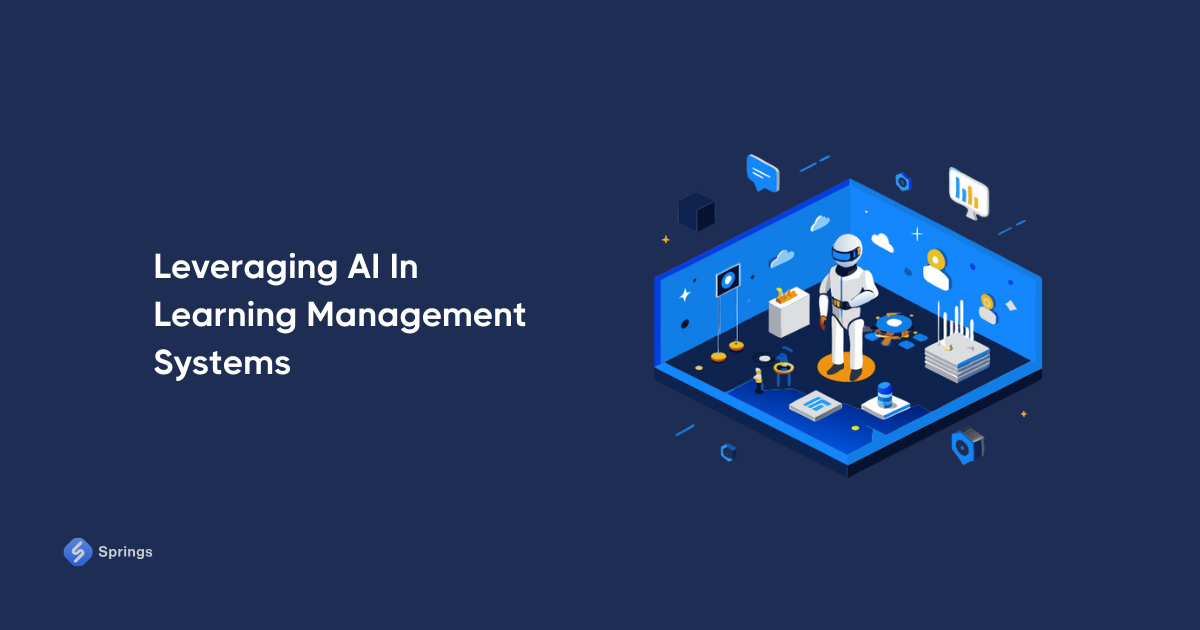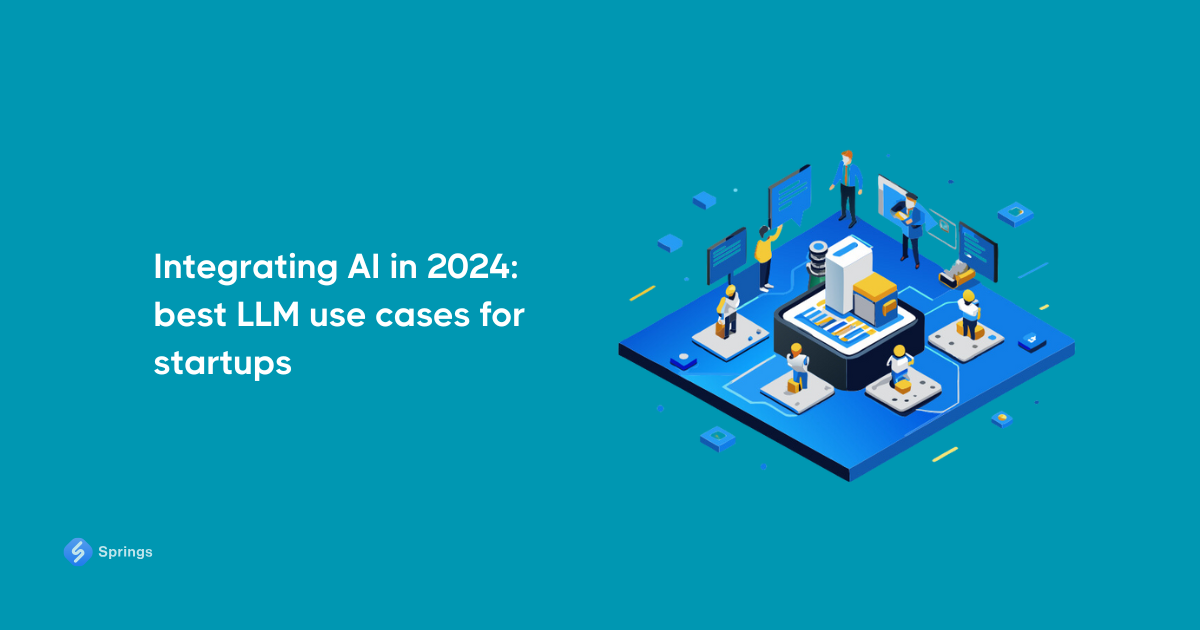What is LLM in AI? Everything You Need To Know About Large Language Models
Artificial intelligence solutions have been on everybody’s radar since their introduction to the public in 2022. People praise these products for their seemingly endless range of applications for content generation. From coders and students to business owners and marketing experts, everybody finds these solutions extremely helpful.
But, there’s little appreciation of the large language models that make modern AI products work. We’ve created this guide to show how these components function and the effort required to build them. Our article covers top LLM examples, their use cases, and the most pressing issues facing this technology.
What Are Large Language Models
They are deep learning algorithms that handle all types of language processing tasks. Also known as neural networks, LLMs follow the same pattern as the neurons in the human brain. They produce information based on previously introduced knowledge.
Programmers use vast datasets to train LLMs and narrow their application to specific tasks. Some of the most widespread LLM use cases include virtual assistance, anomaly detection, and marketing content creation. Currently, three main types of large language models are used in all sorts of AI products.
Main Components Of AI LLMs
Modern artificial intelligence LLMs don’t function as a single entity. They require several neural network layers and components to perform language and data-related tasks.
- Transformer architecture. It is an integral part of large language models that lets them process sequential data through self-attention mechanisms. With its help, models analyze the importance of different segments in the input sequence.
- Attention mechanism. This LLM component lets them concentrate on relevant parts of the text for particular tasks and provide the most accurate answers.
- Embedding layer. Models use the embedding layer to transform text information in a format models comprehend. It makes them understand the text context and its semantic and syntactic meaning.
- Feedforward layer. LLMs require a set of connected layers to transform the input data. This allows models to understand the intent of user requests.
- Recurrent layer. The last integral component of any LLM example is interpreting words in the input text, capturing relations between words in sentences.
- Training data. LLMs need massive amounts of information available on the internet. This data lets them learn the grammatical, stylistic, rhetorical, and reasoning behind various languages.
- Tokens. Once models get the information, it’s broken down into pieces called tokens, which can consist of one character to a single word.
How Large Language Models Work
It’s impossible to explain what LLM is in AI without talking about the functions of these components. Their transformer models receive information, process it, and produce the desired output. An LLM uses text input to produce text and code content. Programmers train the network how to perform its function using a three-step process.
- Training. Engineers pre-train LLMs with large datasets. They contain information from open sources like Wikipedia or closed ones such as company data. The more information the model has, the better it responds to user prompts. LLMs learn the relationships between words and their meaning in different contexts.
- Fine-tuning. Once this process is over, AI engineers teach the large language models how to perform specific actions until the LLMs perform these tasks as instructed.
- Prompt-tuning. Next, programmers iron out the instructions or prompts provided to an LLM. This is accomplished via few-shot or zero-shot prompting. In the first case, the model learns how to predict output based on examples. The second approach indicates what the LLM must do without providing specific scenarios.
What Are Large Language Models Used For?
On the surface, LLM use cases may boil down to answering frequently asked questions or helping students make essay drafts. However, these algorithms have found many effective applications in more practical areas.
Chatbots and virtual assistants
The natural language processing capacities of LLMs made them an essential component of AI chatbots and assistants. These tools answer user questions and provide product recommendations, order information, and tracking data.
Educational tools
LLMs are the basis of many educational platforms and tools. They help streamline grade student work, explain subjects, and provide an individual educational experience.
Research helpers
Search engines like Bing use artificial intelligence LLMs to provide more accurate and personalized search results. These models help summarize everything from tool manuals to Charles Dickens novels to get their main points across.
Code writers
Programmers turn to LLMs for assistance and review of their code. It’s also possible to ask them for examples of similar lines. This makes working on software products and identifying errors easier and quicker.
Fraud detectors
Modern LLMs help organizations identify fraudulent activities with client credit cards or accounts, adding another layer of security.
Personalized marketing tools
AI large language models provide a unique advertisement experience for all companies. They also lead to better customer segmentation and feedback analysis.
Document analyzers
Financial and legal organizations use modern large language models in document analysis. These algorithms help scan through reports, articles, and legal paperwork faster than any human.
Best LLM Examples
Currently, developing large language models from scratch is costly and time-consuming. These solutions require vast data centers to hold training data aside from the actual programming. It’s reported that ChatGPT’s creators spend around $700,000 a day to keep the platform rolling. Despite this, large corporations still invest millions into LLM development. Here are some of their best examples.
Bard
Google AI made this impressive LLM-based chatbot made by Google AI that’s trained on code and text data. This model generates textual content, translates codes, and answers questions. It’s also capable of image generation. One of its advantages is that Bard is directly connected to the latest data via Google’s search engine. This allows the solution to work with various questions and prompts.
Cohere
A Canadian-based startup landed its name to the Cohere LLM. The model uses vast datasets, allowing it to handle numerous languages. Cohere’s programmers used diverse sources of information to let the LLM take on various tasks. It’s popular among companies due to its high customizability and accuracy.
Falcon
The Technology Innovation Institute made this large language model. Falcon is an autoregressive LLM trained with high-quality datasets, including text and code. These data sets cover various languages and dialects. Falcon has a more modern architecture allows it to process data more efficiently and make better predictions. The structure has the LLM use fewer parameters to learn how to perform various NLP tasks.
GPT-4
The latest version of OpenAI’s LLM demonstrates excellent results compared to GPT 3.5. Its programmers used enormous amounts of information to train the model, making it one of the largest LLMs. In addition to text generation, the LLM use cases for GPT-4 include image and video generation.
LlaMa
Meta’s artificial intelligence department created this open-source large language model. While it’s still under development, LlaMa shows great potential in request resolution, reading, and natural language comprehension. This LLM is highly popular among EdTech platforms where it’s used in AI assistants.
Top Issues Surrounding LLMs
Despite the leaps and strides these models have taken in recent years, they still need to improve their structure and use.
- Consent problems. Large language model training requires vast volumes of data, not all of which is obtained consensually. LLMs take information indiscriminately, not paying attention to using copyrighted content. As such, these algorithms use content without permission. They often don’t credit the original creators, which can result in potential copyright issues.
- Ethical concerns. Many modern examples show that artificial intelligence LLMs are already used to mislead people. These solutions deliver realistic images, articles, and ads that are impossible to tell from the real deal. Large language model content can make anyone say anything, disrupting the social and political fabric.
- Hallucinations. LLMs use a huge amount of information to produce accurate results. However, that doesn’t mean they show the same results each time. Sometimes, these algorithms hallucinate and produce false or unrelated results. If you ask them what LLM is in AI, they might talk about LLM Lettering instead of the algorithm.
- Privacy and security issues. The datasets used in training LLMs may contain sensitive information, putting the privacy of people and organizations at risk. Additionally, these models need proper surveillance and management to pose security threats. Malicious agents can reprogram them to be used in phishing scams and produce spam.
- Training data biases. Large language models often come across information that represents real-world biases. This leads to output results being skewed toward these preconceived judgments and making them less objective. In addition to discrimination, this leads to LLMs producing inaccurate information.
Final Thoughts
While researchers have come a long way from the first versions of the large language models, these algorithms still have miles to go before they successfully mimic the intricacies of the human mind. Their limitations aside, LLMs, even in their current state, show the potential of artificial intelligence in automating all types of human work.





